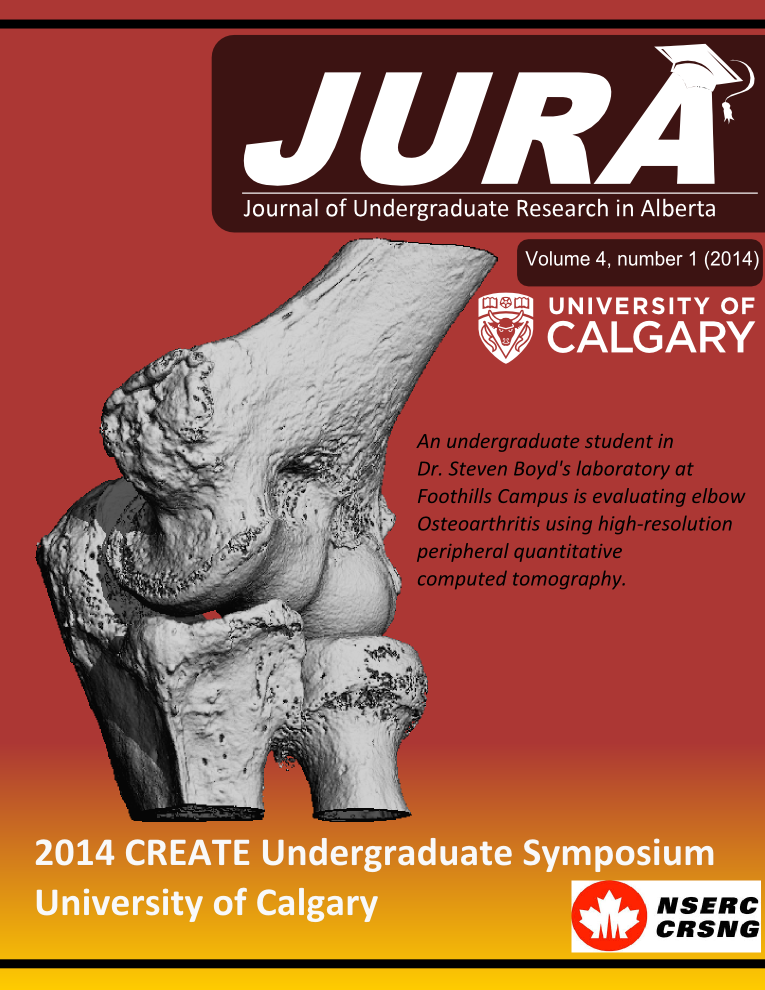DOES IN VIVO LIGAMENT FORCE PASS THROUGH LIGAMENT INSERTIONS?: A ROBOTIC STUDY
Abstract
INTRODUCTION
Post traumatic osteoarthritis (PTOA) is a subset of osteoarthritis that arises after traumatic joint injury. Approximately half of patients suffering from anterior cruciate ligament (ACL) injuries have been shown to progress towards PTOA within fifteen years[1]. One of the areas of research for PTOA is examining the biomechanical changes following an ACL injury. A recent study[2] examined the effects of ACL transection (ACLx) in an ovine model. In vivo stifle joint motions were recorded, and recreated in vitro using a novel robotic testing platform. Joint and tissue loads were simultaneously recorded during reproduction of in vivo joint motion[2]. This novel approach was shown to be able to reproduce in vivo motions within less than 0.1° and 0.1mm[2].
The main objective of the present study was to determine if in vivo ligament forces, obtained using the principle of superposition, pass through respective ligament insertional footprints. This study evaluated the accuracy of the measured ligament forces, as they should pass through their bony insertions. This accuracy was examined for medial and lateral collateral ligaments (MCL and LCL), and posterior cruciate ligament (PCL) in ACLx sheep.
METHODS
Stifle joints from N=4 sheep that had been previously examined in ACLx kinematics studies were digitized using a coordinate measuring machine. The ligament insertional areas were thoroughly recreated in 3D space, along with the spatial position of the kinematic measurement device. Anatomic coordinate systems were defined on the femur and the tibia. These data were then exported to MATLAB scripts for further analysis. The ligament insertional areas were approximated as planes using least squares regression technique. The intersection of the ligament force vectors with the plane approximations were then calculated. The direction of a ligament force was deemed accurate if the distance between the calculated intersection and footprint centroid was within a determined threshold. A preliminary threshold was calculated as the maximum distance between the centroid and measured points of the footprint.
RESULTS
Analysis of the data indicated that the technique increases in accuracy for high ligament loads (Figure 1). That is to say as the ligament loads increase, the intersection-centroid distance is reduced. For lower ligament loads (mainly within the “toe” region of the ligament force-displacement behavior), however, the method requires further refinement.
DISCUSSION AND CONCLUSIONS
This study indicated that the method requires further refinement based on the limitations induced currently. Preliminary data shows that accuracy increases as ligament load magnitudes increase as well. Finding the intersections on plane approximations of the insertional footprints can lead to very large error when the planes approach a parallel state. In these states, a small angular change in force direction can cause a very large change in intersection-centroid distance. Each ligament and its insertions have different functions and geometries, and as such require separate limitations. Future studies would require modifications to the analysis method to account for the limitations involved with the current method.
Downloads
References
2. Atarod M, et al. Ann Biomed Eng 42:1121-1132, 2014
Downloads
Published
Issue
Section
License
Authors retain all rights to their research work. Articles may be submitted to and accepted in other journals subsequent to publishing in JURA. Our only condition is that articles cannot be used in another undergraduate journal. Authors must be aware, however, that professional journals may refuse articles submitted or accepted elsewhere—JURA included.


